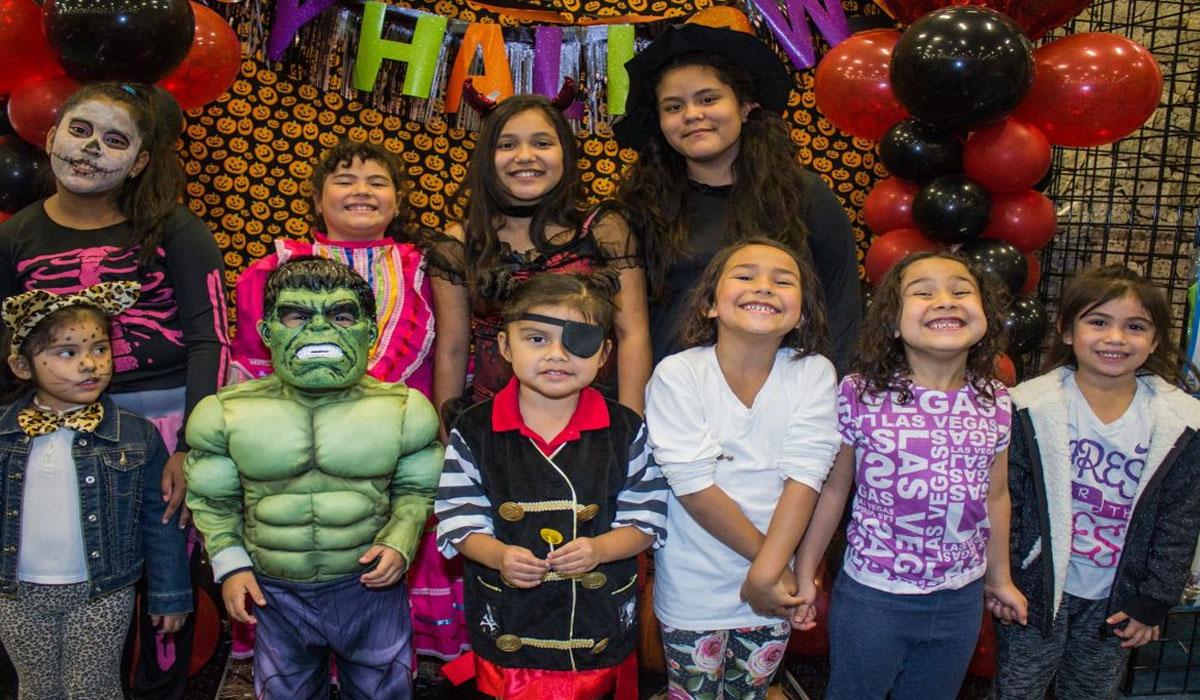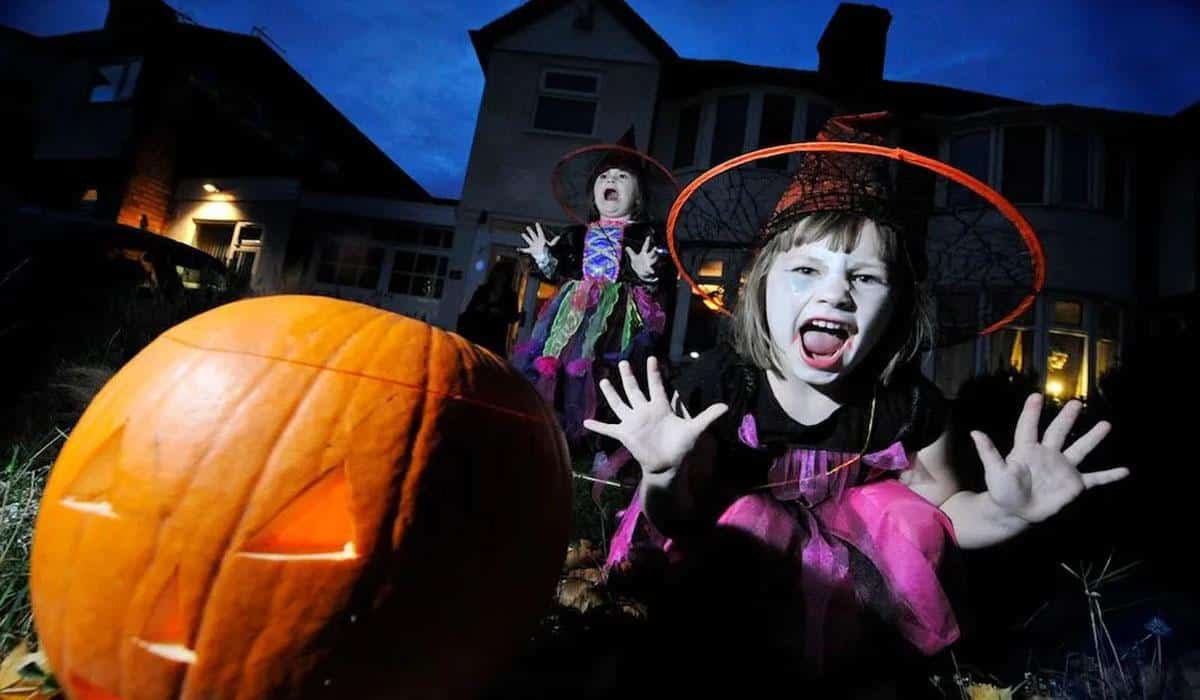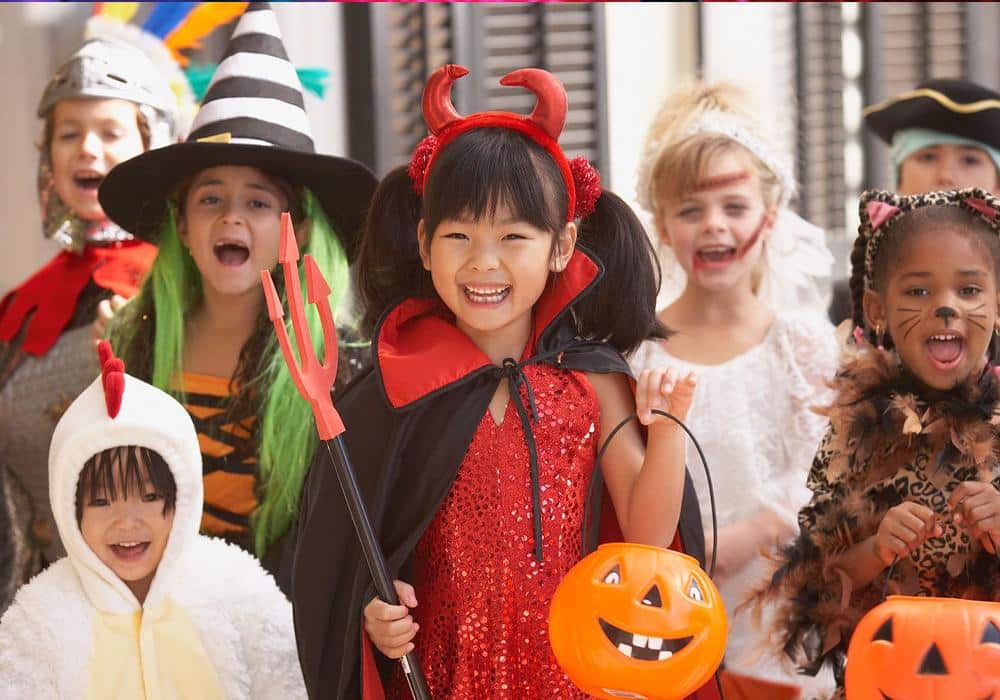The History Of Modern Halloween
People have been celebrating Halloween in many ways for a long time. It’s been around for years, but what we do and how we celebrate it have changed. This article from Halloween Land puts everything you need about this event’s history. Want scary costumes and decorations that won’t break your budget? You can shop here or visit one of the best Halloween stores in Chicago. Contact us today and get a discount!
Modern Halloween’s Origin
Halloween has become one of the most popular days of the year. But where did it come from? What are its historical roots? Let’s discuss the origins of modern Halloween. You may find some details that you have never heard before.
1. Samhain
The night before All Saints’ Day, November 1, is Halloween. The Celtic holiday of Samhain is where this holiday comes from. This event marked the end of the harvest season in Ireland, Scotland, and Wales and the start of winter.
People used to build bonfires and wear costumes to scare away ghosts and other evil spirits. What we now call Halloween started as this event. Many people like Halloween because it is a fun holiday with costumes and treats.
2. Middle Ages
Beginning in the Middle Ages, Halloween has a long and exciting history. People would celebrate the harvest and other significant events with festivals and gatherings. At this time, Europeans shared ideas and ways of doing things.
It has been a holiday for a long time. Different cultures have done various things to mark it. Many people are still getting together with family and friends to celebrate. If they want to, they can dress up. This is a fun way to remember a big part of our history and culture that we all share.

3. Medieval England
This was a holiday that people in England in the Middle Ages celebrated. It was the beginning of the Celtic year. They had feasts, parades, and bonfires to mark the event.
People thought ghosts and other supernatural things were more active at the time. They did rituals and dressed up in costumes to scare away evil spirits. These traditions led to the idea of trick-or-treating and wearing costumes.
Halloween is celebrated in a lot of different ways all over the world. Some parents like taking their kids trick-or-treating. Some people celebrate it by going to big parties with lots of people dressed up or watching scary movies for Halloween. No matter how it is celebrated, it is a popular tradition worldwide.
4. Reformation Of The Early-1800s
In the early 1800s, Ireland, Scotland, and Northern England were the first places to celebrate Halloween. At first, All Saints’ Eve was a religious holiday. This holiday was a way to honor the Christian saints and martyrs.
People in Europe thought souls from the afterlife could visit on All Saints’ Day at the start of the 1800s. Some tribes believed that these spirits could make people sick or cause bad things to happen to them. People wore masks and lit candles during this time. To make the ghosts feel better, they ate and drank.
5. Halloween Costume
Since the beginning, people have dressed up in the spirit of Halloween. People think that people wore these as far back as the Stone Age. People who wanted to look like animals or other creatures used masks at the time. They use animal skulls and other natural things to make the masks.
Around 1500 B.C.E., they wore the first mask in Egypt. This was about 2000 years before the start of the Christian era. People wore these masks to religious ceremonies and harvest festivals. In Rome, people wore masks to religious events and celebrations. For example, the winter solstice was a time for a Saturnalia festival.
6. The First Use Of “Halloween”
In 1591, a Scottish poem was the first place he used the word “Halloween.” The poem is called “Hallowe’en,” and John Mayne wrote it. In verse, Mayne talks about a man who makes people think he is a ghost so he can get free food.

7.The Start Of Trick-Or-Treating
People believe that trick-or-treating began in Ireland in the 1800s. When Irish people moved to the United States, they brought this custom. They would go from house to house asking for food for their children. It is also for any ghosts that might be wandering around their homes that night. If a family gave them food or money, bad spirits would stay away from their house for another year.
8. Offering Of Goods
The Celts thought that ghosts could be both good and bad. So, they gave them food and sweets to make them happy and to wish them luck in the coming year. Children in Ireland and Scotland would go door-to-door to ask for treats like candy or coins. So they could cross the River Acheron to get to the afterlife.
9. Halloween Decoration
The way Christians thought about the afterlife was a mix of old and Western ideas about living. This led to some ways of running things that are still used today. In the Middle Ages, they used carved pumpkins to help lost spirits find their way back home.
For Modern Halloween, people put up decorations in their homes. They might put out carved pumpkins or scary things like scarecrows. Ancient pagan ideas about the afterlife gave rise to these customs.
I hope this short history has helped you learn more about the cultures and origins of this unique holiday. If you want the best Halloween costumes and accessories for your next party. Halloween Land Costume Superstore is the only place you need to go. We have various costumes, masks, make-up, props, and other accessories.
Our team is always happy and ready to help you. So why wait? Come to our store and buy now! Contact us today for your Halloween get away!
My Halloween Land Offers The Following Products:
Other Articles We’ve Hand-Picked For You:
Frequently Asked Questions
The name “Devil’s Night” is associated with October 30, the night before Halloween.
The phrase implies that if a treat (such as candy) is given, the child will not commit a “trick” (mischief) on the owner of the house. This popular Halloween tradition derives from the ancient practices of “souling” and “guising.”
There is no obligation for a Christian to observe this holiday. Wonderful if your discernment leads you to refrain from participating or to concentrate on the harvest festival activities associated with Halloween.
Carving pumpkins dates back to the Samhain festival, when Gaels carved turnips to ward off spirits and prevent fairies from settling in houses. The folkloric story of Stingy Jack, who tricked the devil into buying him a drink, is one theory that explains the Americanised name Jack O’Lantern.
 Chicagoland’s Largest Selection of Halloween Costumes, Accessories, and more!
Chicagoland’s Largest Selection of Halloween Costumes, Accessories, and more!
